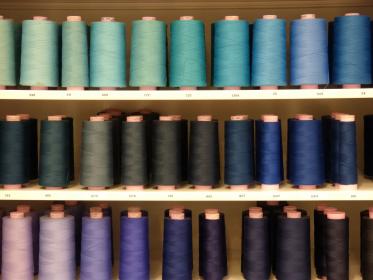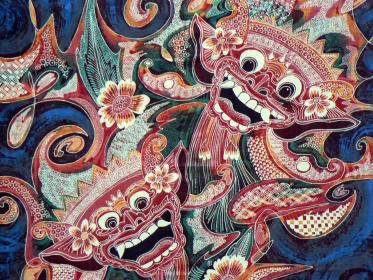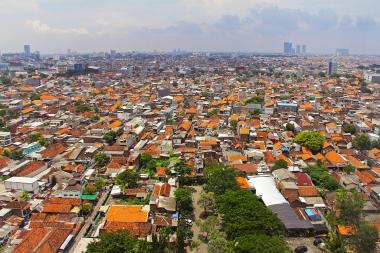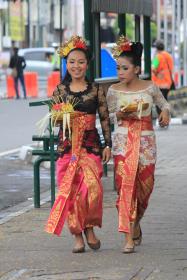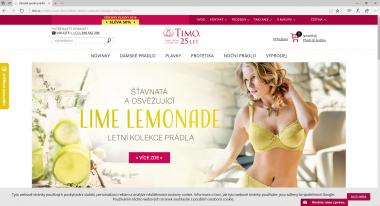Funding for Fibre-Elastomer Composites: Intelligent materials for robotics and prostheses
- Successful approval of the 2nd funding period of the DFG Research Training Group 2430 "Interactive fibre-elastomer composites"
Researchers based in Dresden are going to develop a completely new class of materials in which actuators and sensors are integrated directly into flexible fibre composites – contrary to the state of the art. To this end, the German Research Foundation (DFG) approved the 2nd phase of Research Training Group 2430 "Interactive Fibre-Elastomer Composites" at TU Dresden in cooperation with the Leibniz Institute of Polymer Research Dresden. The spokesperson is Professor Chokri Cherif from the Institute for Textile Machinery and High-Performance Textile Materials Technology (ITM) at TU Dresden. A total of 22 doctoral students will be supported in eleven interdisciplinary sub-projects over the next 4.5 years, in addition to material and project funding.
As a result the simulation-based development of intelligent material combinations for so-called self-sufficient fibre composites shall be available. Actuators and sensors are already integrated into the structures and no longer placed subsequently, as it is actual the case. In the first funding phase, the important basis for the large two-dimensional deformations in soft, biomimetic structures were developed. The further funding by the DFG is a confirmation of the outstanding results achieved so far. Building on this, the second funding phase will focus on ionic and helical actuator-sensor concepts. Combined with intelligent design and control algorithms, self-sufficient, three-dimensionally deforming material systems will emerge. This will make these systems more robust, complex preforming patterns can be customised at the desired location - reversibly and contact-free.
Fibre composites are used increasingly in moving components due to their high specific stiffness and strengths as well as the possibility of tailoring these properties. By integrating adaptive functions into such materials, the need for subsequent actuator placement is eliminated and the robustness of the system is significantly improved. Actuators and sensors based on textiles, such as those being researched and developed at the ITM, are particularly promising in this respect, as they can be integrated directly into the fibre composites during the manufacturing process.
With their innovative properties, interactive fibre-elastomer composites are predestined for numerous fields of application in mechanical and vehicle engineering, robotics, architecture, orthotics and prosthetics: Examples include systems for precise gripping and transport processes (e.g. in hand prostheses, closures and deformable membranes) and components (e.g. trim tabs for land and water vehicles).
TU Dresden: Institute for Textile Machinery and High Performance Textile Materials (ITM)





